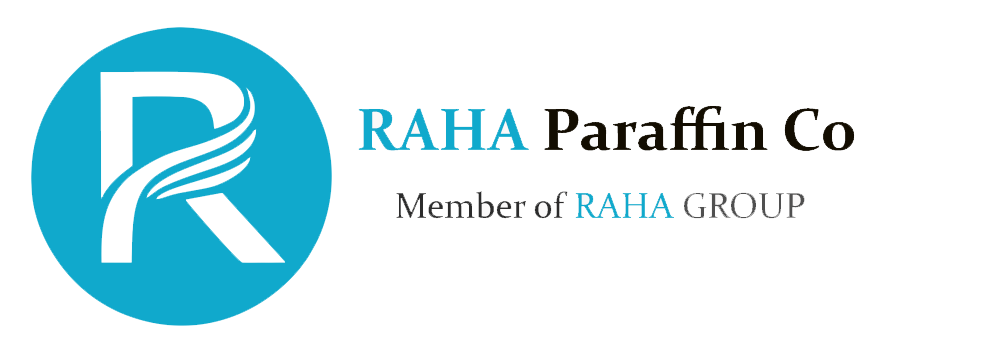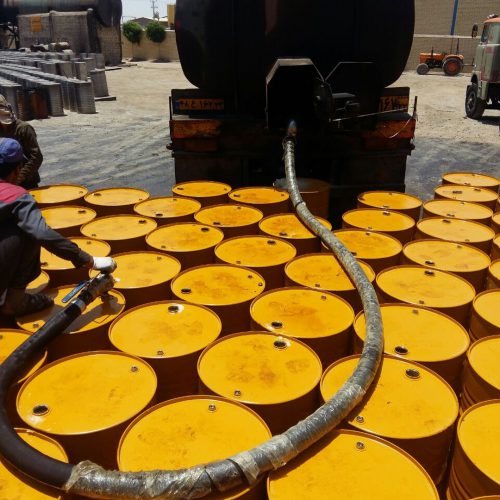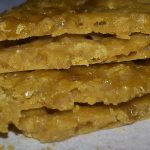
Slack Wax Supplier
General description of slack wax
Only 2% of crude oil is converted into lubricating oils, and a small percent of that processed into wax products. Paraffin and Microcrystalline are separated from lubricating oils during vacuum distillation.
Slack Wax is derived from lubricating oils and are less refined high oil products. These high oils have relatively high oil content and processed further to produce more refined waxes. Most slack waxes do not meet FDA requirements for food packaging.
Slack Wax is a translucent crystalline material in the solid state and a yellow, clear liquid when molten. Slack wax verifies from light to heavy grades based on its melting point. Melting point 50-52 ˚C is categorized in light grades and 53-55 ˚C is the heavy grade, and their oil content ranges from 5.0% to as much as 35%.
One of the many products derived from refining is lubricating oil, from which a byproduct called slack wax is obtained.
Slack wax is the crude wax produced by chilling and solvent filter-pressing wax distillate. There are basically three types of slack wax produced, the type depending on the viscosity of the lube oil being dewaxed: low neutral, medium neutral, and heavy neutral.
Slack wax is a mixture of oil and wax, obtained from lubricating oil. Slack wax is the crude wax produced by chilling and solvent filter-pressing wax distillate. It serves as feedstock and that is further refined and blended to create value-added petroleum wax products.
Slack waxes are widely used in the production of wax emulsions, construction board, matches, Glass wool and textile treating, synthetic firelogs, matches, inks, weed bars, carbon paper, composite wood panels, chemicals and fertilizers, Paraffin wax production and candle production, in arena footing, in soil or turf protection, polishes, in fireplace products. Applied externally, these waxes can also function as good dust suppressants and/or controlled-release agents for various and also Rust protective products and waterproofing agents in the manufacture of various industrial products.
Fully refined products may be filtered to remove color and odor. Our Slack waxes offer a wide variety of physical and performance characteristics that are suitable for use in various product and process applications; these benefits include: · the wide range of melting points · blended and single distillate products · high flash points · high n-paraffin contents.
We are supplying excellent quality Slack Wax and attain a good market reputation in trading of slack waxes.
slack waxes for many different applications. Due to our widespread sources of raw material we are able to meet almost any specification of our customers and to develop products according to their requirements. slack waxes that contain a relatively high percentage of normal paraffin; this promotes the formation of large wax crystals and helps contribute to hard surface coatings with good water repellent characteristics.
RAHA Paraffin Company is one of the market leaders in trade, exports, and brokerage of slack waxes of excellent quality. Our sales team is committed who understands your requirements due to many years of experience in supplying the slack wax products. If you are more interested in product information or need to place an order contact or inquire our Sales team.
Slack waxes and petrolatums formed in the dewaxing process contain substantial amounts of oil, usually 10-30 wt- %. "Oil" in this sense is a mixture of the components dissolved in the solvent at the filtration temperature, and seriously impairs some properties of the wax important for its use. Wax fractions already crystalline at the temperature of dewaxing, but having relatively low melting points and consisting mainly of iso-alkanes have similarly detrimental properties. For this reason, these substances, that is, oil and low-melting fractions must be removed from the slack wax. The process is called de-oiling.
De-oiling is the fractional crystallization of slack or paraffin waxes by their melting point. If the product obtained still has a wide melting range, it is necessary in some cases to subject it to repeated fractional crystallization, in order to obtain paraffin waxes with narrow melting ranges. In this sense, de-oiling and fractional crystallization are essentially several stages of one and the same operation.
Slack wax obtained from light distillates by cooling and pressing were formerly de-oiled exclusively by a process called sweating. This consisted essentially of the separation, by fractional melting, into fractions with narrower melting ranges. By slowly raising the temperature of the solid slack wax, first, the oily parts with the lowest melting point will be removed. These are followed by fractions with successively higher melting ranges and lower oil content, but richer and richer in wax. When the sweating operation is completed, the residue consists of the solid paraffin wax with the desired melting point and oil content.
Sweating is carried out in sweating pans placed in heated sweating chambers. At one-third or half of the height of the pan, wire gauze is fitted across horizontally.
Frequently coils of pipe, for circulating cold and warm water, are installed above the sieve. The molten slack wax is led into the sweating pan and its temperature, in the upper part of the pan, is allowed to drop below its melting point.
Applications for Slack Wax
Some examples of applications for slack waxes are in wax emulsions, as binders and water-proofing in artificial woods; in matches; in jar candles; in rust-protection products; in industrial lubricants; in arena-footing; in soil or turf protection; and in fireplace products.
Since slack wax's color is lighter than other oil, it is considered an important raw material in production process of paraffin. Slack wax also plays a crucial role in industries such as leather, textile, match, fiber board and chip board where coating, hydrophobing and impregnation is needed.
- Candle
- Particle Board & MDF
- Polishing
- Sealing
- Others
Supplier of Slack Wax
At RAHA Paraffin Co., We supply high-quality Slack Wax , tailored to meet the needs of various industries. we can deliver the mentioned wax types to destination ports as requested by the customer. As a Residue Wax, our team will assist at every step to ensure a smooth and timely supply. (Contact Us)
Packing of slack wax and transportation
Packing of slack wax and preventing containers from leaking is our main purpose. Slack wax is packed in new or second hand 175 kg drums, 19 metric tons flexi tanks or 1 metric tons jumbo bag. In terms of preventing slack wax packs from leaking, we offer reliable drums and flexi tanks to our customers.
Common Questions
1. What are the main uses of slack wax in industrial applications?
Slack wax is mainly used in the rubber, matchstick, candle, plywood, carbon paper, and waterproofing industries as a blending, lubricating, or coating agent.
2. Which Countries Do You export Slack Wax to?
We export slack wax to various countries across Africa, Asia, the Middle East.
3. What is the minimum order quantity (MOQ) for slack wax?
The minimum order quantity (MOQ) for slack wax is typically 20 metric tons, depending on the grade, packaging, and destination.




